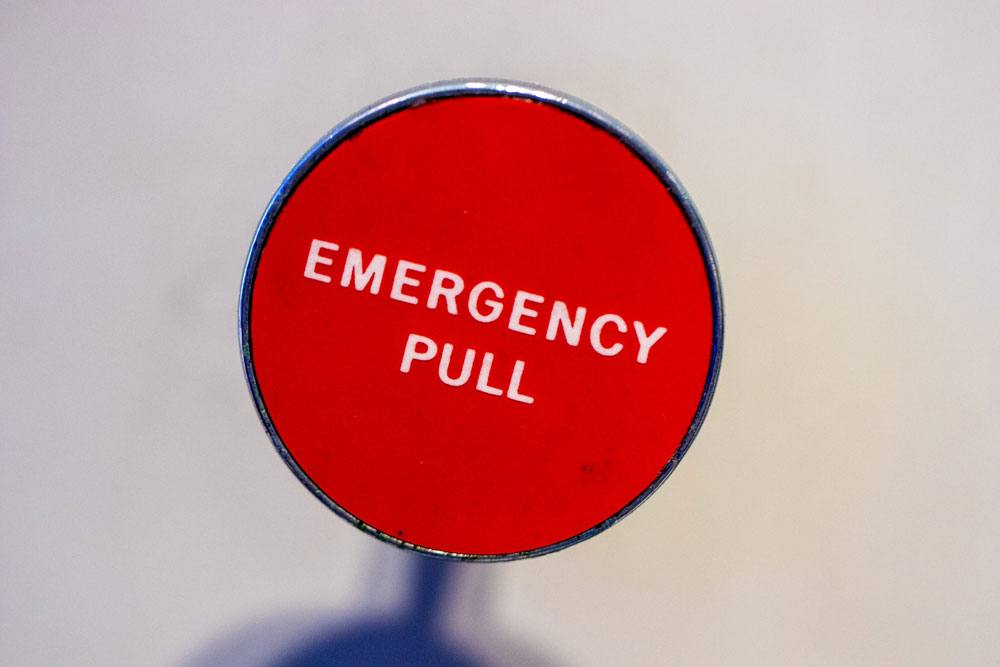A Crash Course in Crisis Communications

Between an ongoing pandemic and increasing socioeconomic volatility, the past 18 months have served as a crash course in crisis communications. Leaders, companies and brands are constantly tossed into the proverbial deep end as a merciless sink-or-swim test that disrupts the economy, financial markets and global supply chains. Yet, many can credit excellence in crisis communications as playing an essential role in their survival.
While there are arguably countless variables that determine the survival of a business, let alone its success, the ability to communicate well and confidently is chief among them. It is a skill that demands patience, foresight and discipline to stay the course. After all, it is tempting to react during a crisis rather than trust the proactive strategies that a crisis communications plan entails.

But first, what is a crisis?
It is critical to differentiate between an actual crisis and everyday issues that occur as part of the rhythm of business. The frequent fire drills of a workday pale in comparison to a real threat. Nairi Hourdajian, vice president of communications at Figma, provides insight on the hallmarks of a crisis, noting three common tenets:
- An existential threat: a real threat to the existence of the brand, company or person.
- A surge in the volume of work.
- Operational failure stemming from the unsustainable workload.
These three attributes act as canaries in the mine, sounding the alarm of a real and present crisis. Using this framework is especially helpful during long periods of heightened instability when leaders can be desensitized to the meaning of a crisis.
Today, no one is exempt from the emotionally exhaustive burdens and losses of COVID-19, but it is sadly far from being the only challenge at hand. Current headlines feature a laundry list of various crises and consequences: widespread civil unrest and riots, infrastructure failures, legislative debates, institutional whistleblowing, marketing gaffes and social media nightmares.
Regardless of type, all crises can force a high-stakes watershed moment—that sink-or-swim test of survival. There is little room for additional error or compromise, as decisions are proportionate to outcomes. Panic, doubt and fear will rob any leader of clarity, but a strong communications strategy can guide the way forward.

The value of proactive communications strategies
Every leader, organization and brand should accept the undeniable truth and certainty that they will face a crisis, if not more than one, at some point. It is not a question of if but of when. Empirical studies have long suggested a sharp disconnect between the knowledge and acceptance of a risk, making all the difference in deciding the course of action. Therefore, to bridge that gap, having trusted advisors plan various communications strategies is crucial to weathering any crisis.
Pre-crisis planning anchors you to the bigger picture; without it, an emergency is often accompanied by a myopic, distorted version of reality. It is easy to dismiss the need for planning crisis communications in favor of those demanding, everyday work issues, but the very future of those issues is what hangs in the balance.
The best crisis communications plan is an evergreen resource available at a moment’s notice. It mitigates the chaos and confusion with an action plan. Teams and roles are predetermined, so there are no questions or redundancy. Audiences are mapped out and prioritized. And most importantly, a crisis communication plan preemptively discovers weaknesses that would otherwise fall out during a crisis, saving businesses from additional harm.
Don’t delay, act today
Imagining the worst and then planning for it may sound like an exercise in pessimism, but it is truly reflective of an organization’s determination to persevere through anything. Pre-crisis planning is an investment in the future and possibility. And when finally tested, a successful crisis communications strategy will do more than protect—it will provide comfort, trust and reassurance.